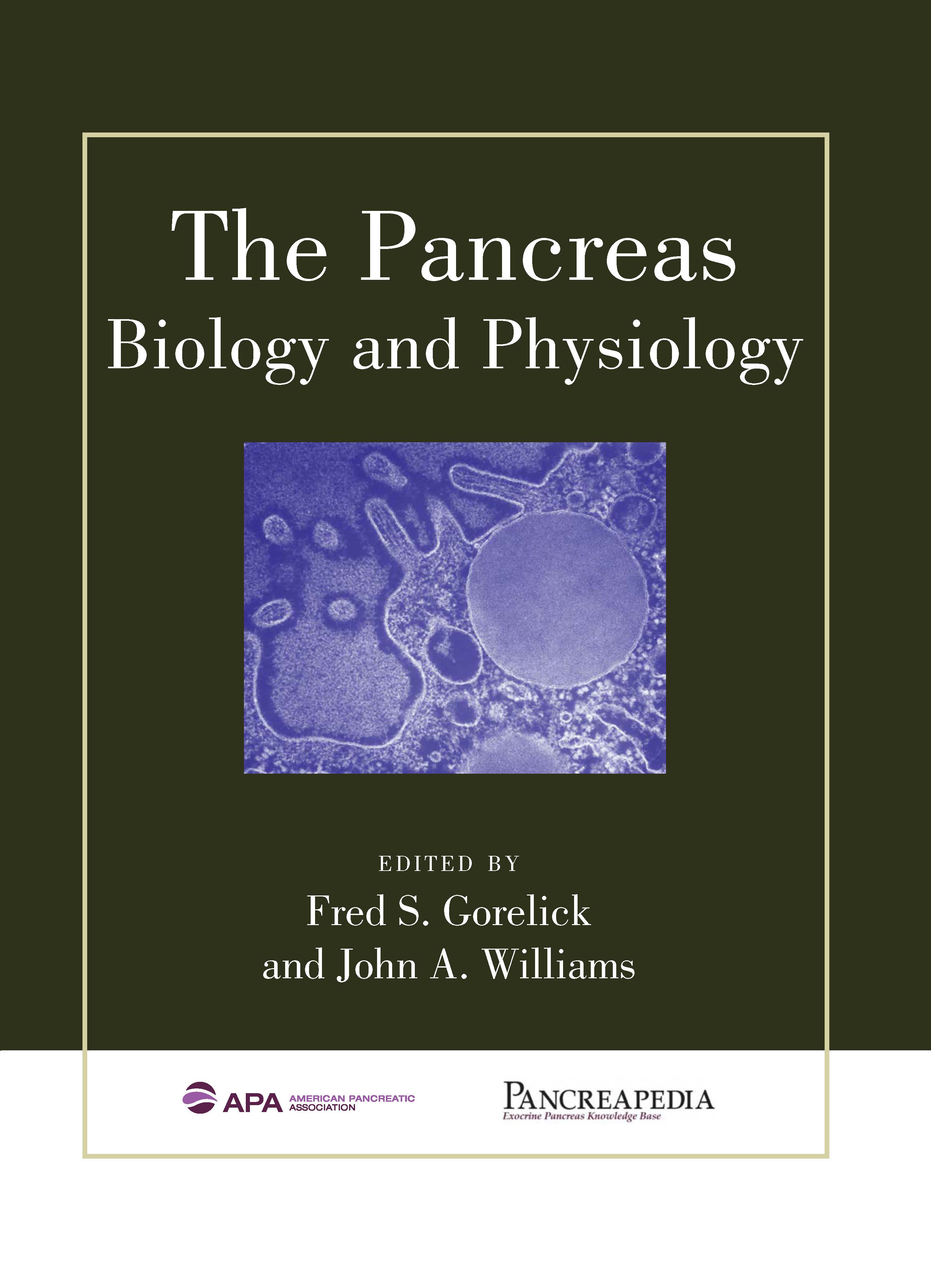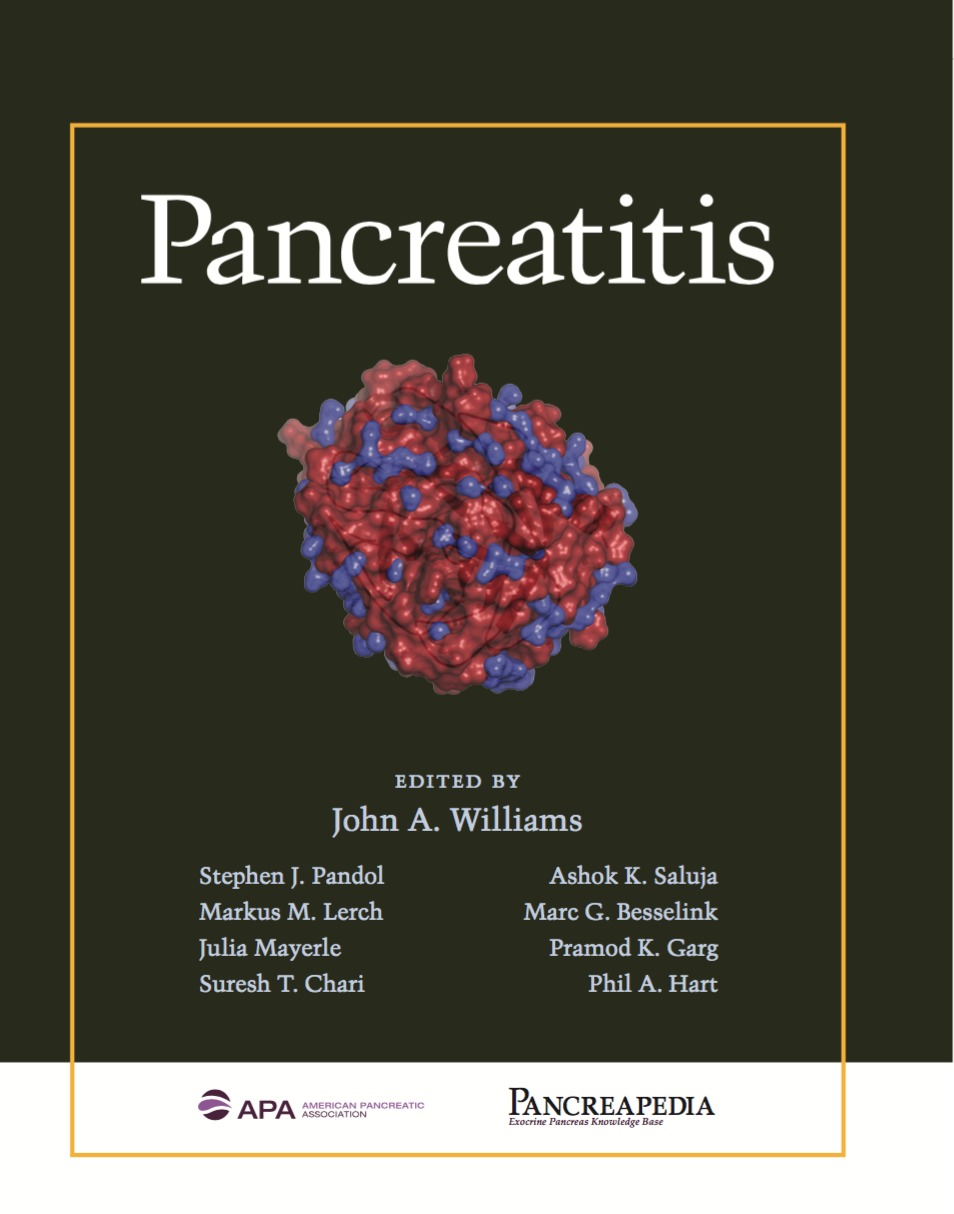Expediting the understanding of pancreatic function and disease through information sharing and community building.
Featured Content
Recent Entries
Popular Entries
| Title | Type |
|---|---|
| Phospho-S6 (Ser240/244) | Antibodies |
| Galpha 13 | Antibodies |
| Rap1 | Antibodies |
| NFATc1 | Antibodies |
| Elastase | Antibodies |
Editors
Editor in Chief
- John A. Williams, University of Michigan
Editors
- Fred S. Gorelick, Yale University
- Markus M. Lerch, University of Greifswald
- Craig D. Logsdon, MD Anderson Cancer Center
- Stephen Pandol, University of California Los Angeles
- Ashok K. Saluja, University of Minnesota



